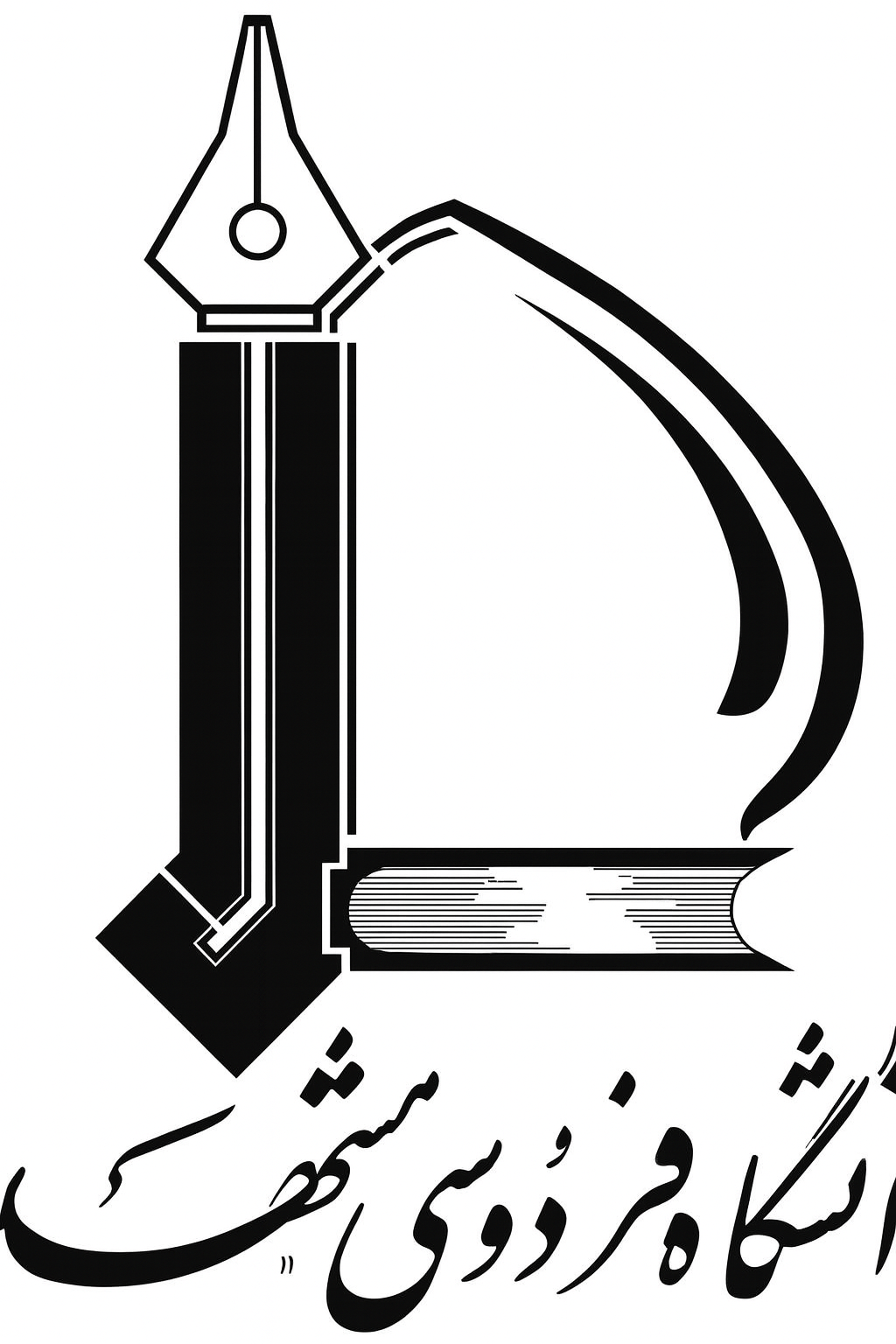Title : ( Hematology of Iranian Turkmen horses )
Authors: Mohammad Heidarpour , Ali Mirshahi , J. Tajik , M.S. Abasian , M.R. Mokhber , A.R. Vajhi , A.J. Ghiadi ,Access to full-text not allowed by authors
Abstract
The Turkmen is a valuable horse breed, and few numbers of the pure breed now exist in the world. Hematological parameters of the horse are well established, especially for the European and American breeds, and details can be found in various text books. But information on the ancient breeds (such as Turkmen) at their native geographical regions is limited. The present study was undertaken to determine the concentration of hematological parameters of Iranian Turkmen horses including PCV, hemoglobin, RBC, MCV, MCH, MCHC, WBC, segmented neutrophil, band neutrophil, eosinophil, lymphocyte, monocyte, basophil, platelets, total protein and fibrinogen. Blood samples were collected from 40 adult Turkmen horses according to their age and sex. All the animals were clinically healthy and free from internal and external parasites. After the examination of their blood the following results were obtained: PCV 34.32±4.52 %, HB 12.41±2.30 g/dl, RBC 8.45±1.15 ×106/μL, MCV 40/6±3.11 fL, MCH 14.63±1.76 pg, MCHC 35.95±2.90 g/dl, WBC 10411.71±1650.92 /μL, segmented neutrophil 4229.17±1369.86 /μL, Band nuetrophil 43.77±66.35 /μL, eosinophil 424.23±279 /μL, lymphocyte 5581.94±166.8 /μL, monocyte 123.74±116.73 /μL, platetet 1.79±0.37 ×105/μL, total protein 8.18±0.6 g/dl, fibrinogen mg/dl. PCV, HB, MCH and lymphocyte were the parameters that showed significant differences between the genders, with male horses having higher values of PCV, HB and MCHC than female (P<0.05). Between age groups (<3 years, 3-7 years and >7), MCV, MCH, WBC and lymphocyte levels showed significant differences, with higher levels in horses aged >7 years, >7 years, <3 years and <3 years, respectively (P<0.05). in the present study, the man concentrations of RBC, Hb, PCV, MCV, MCHC, neutrophil, eosinophil, total protein and fibrinogen were higher than reference values reported for other horse breeds. When interpreting haematological parameters in Turkmen horses, differences between reference values of this old breed and the more modern breeds should b considered.
Keywords
, hematology, turkmen, horse@inproceedings{paperid:1019827,
author = {Heidarpour, Mohammad and Mirshahi, Ali and J. Tajik and M.S. Abasian and M.R. Mokhber and A.R. Vajhi and A.J. Ghiadi},
title = {Hematology of Iranian Turkmen horses},
booktitle = {European veterinary conference voorjaarsdagen, 2008},
year = {2008},
keywords = {hematology; turkmen; horse},
}
%0 Conference Proceedings
%T Hematology of Iranian Turkmen horses
%A Heidarpour, Mohammad
%A Mirshahi, Ali
%A J. Tajik
%A M.S. Abasian
%A M.R. Mokhber
%A A.R. Vajhi
%A A.J. Ghiadi
%J European veterinary conference voorjaarsdagen, 2008
%D 2008


